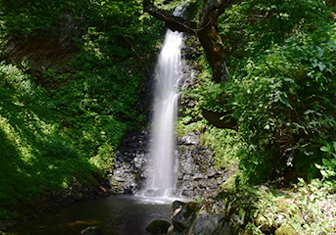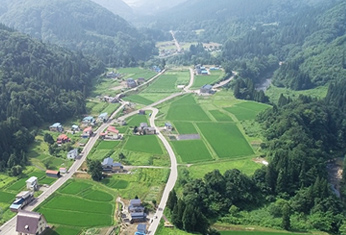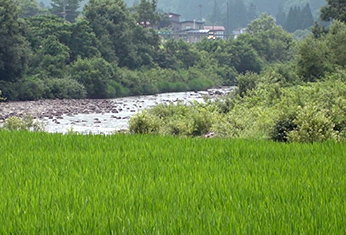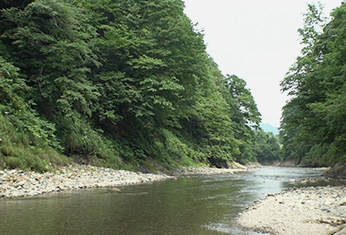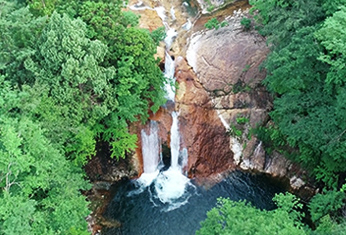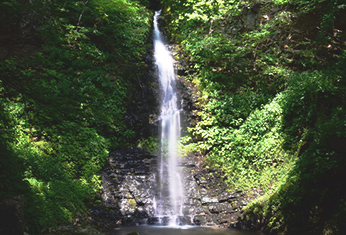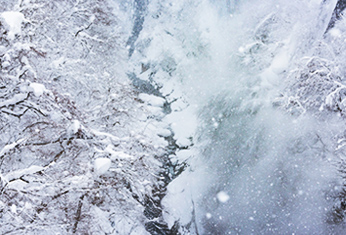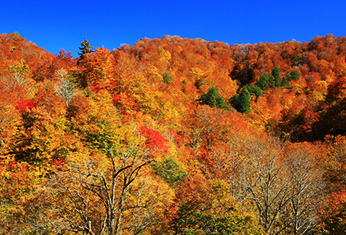Introduction of Higashinaruse Village
About Higashinaruse Village
Naruse Dam’s Village: What is Higashinaruse Village?
Higashinaruse Village is a small village in the southern-most tip of Akita Prefecture with a population of around 2.600 people.
Within the village, the Kurikoma Mountain Range borders Iwate Prefecture to the east and Miyagi Prefecture to the south.
Spanning 17km east to west and 30km north to south, the village has a long slender shape with a total surface area of 203.69km2.
Mountain forest plains make up 93% of this village rich in greenery.
Higashinaruse Village Overview
- Place Name
- Higashinaruse Village, Ogachi-gun, Akita Prefecture
- Population
- 2,543 (As of September 30, 2020)
- Surface Area
- 203.69km2
- Access
-
- ・By train
- JR Ou Main Line, bus available from Jumonji Station
JR Tohoku Shinkansen・Tohoku Main Line, Ofunato Line, bus available from Ichinoseki Station - ・By car
- Approx. 60 min by the Tohoku Expressway from the Ichinoseki Interchange (closed in winter), and approx. 60 min from the Mizuzawa Interchange (closed in winter), approx. 40 min by the Yuzawa-Yokote Road from the Jumonji Interchange
- ・By plane
- From the Akita Airport via the Akita Airport Liner Bus (dir. Kurikoma)
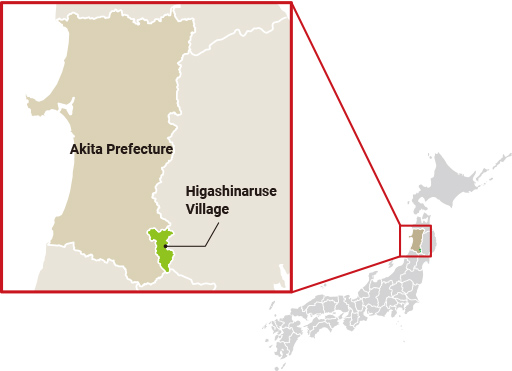
Village Emblem

This emblem is a stylistic combination of the letter H from “Higashi” (meaning “east”) and the “Naru” (meaning “to become”) in “naruse” to represent the harmony and strong development of the village and its residents.
(Created in May 1967)
Village tree:
Cedar (Akita Cedar)
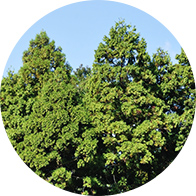
Village flower:
Mountain lily
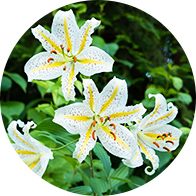
Village insect:
Firefly
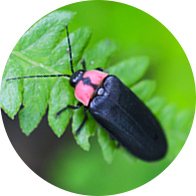
Village bird:
Copper pheasant
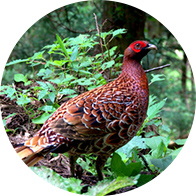
Village fish:
Char
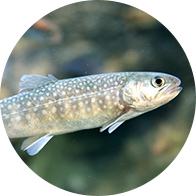
Special Characterisics of Higashinaruse Village
Characteristic 1
A village with high educational ability
Higashinaruse Village is a village that puts a lot of effort into academic ability and education, which can be seen in the cooperation between elementary and junior high schools, a high rate of class attendance, and a textbook budget per child that is more than four times the national average. Thanks to these efforts and their results, Higashinaruse Village has come to be called “the best village in Japan for academic ability”.
Its reputation has spread to various places, hosting visits not only from educational institutions in Japan, but also from educational observation groups from overseas and UNESCO-affiliated organizations.

Characteristic 2
A member of the “Most Beautiful Villages in Japan” Association
The “Most Beautiful Villages in Japan” Association is an NPO that works to ensure that “small farming, mountain, and fishing villages with unique and shining qualities take pride in their own towns and villages and may continue to be beautiful areas in the future” (Quoted from the “Most Beautiful Villages in Japan” Association website). Higashinaruse Village joined this association in 2009.
A beautiful village rich in nature, Higashinaruse makes up part of Kurikoma Quasi-National Park, possesses clean spring waters, and is home to various living creatures such as fireflies and char fish.
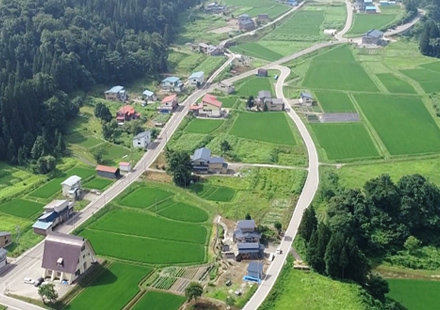
Characteristic 3
A village that practices mountain hermit spiritual training
Higashinaruse Village is called the “home of the mountain hermit” and every summer the village holds a “mountain hermit spiritual training” event. Participants spend three days doing various “trainings” such as zazen (seated meditation), waterfall meditation, and walking around the village. On the final day of training, a mountain hermit certification ceremony is held.
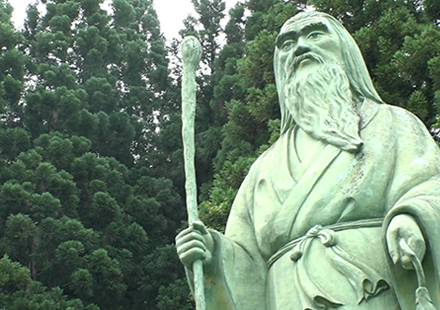
Main Attractions in Higashinaruse Village
Mount Kurikoma/Mount Yakeijitake
Kurikoma Quasi-National Park is a large-scale mountainous quasi-national park that covers parts of Iwate, Miyagi, Akita, and Yamagata prefectures. Mount Kurikoma to the south of the village and Mount Yakeijitake to the north of the village belong to this park and have been selected as part of the 200 Top Mountains in Japan. These mountains are home to various high-mountain alpine plant species, and in the autumn the leaves provide a splendid view of fall colors.
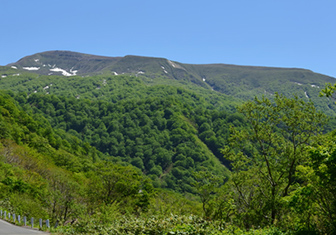
Sukawa Hot Springs/Yamayuri Hot Springs
The Sukawa Hot Springs in the southern part of the village are strongly acidic, contain aluminum and melanterite, and have the second highest spring water output of its kind in Japan. In the northern part of the village, the Yamayuri Hot Springs are strongly alkaline and contain simple sulfur, with a record for the third highest pH level in Japan. Both are highly regarded hot springs within the country that contain precious substances.
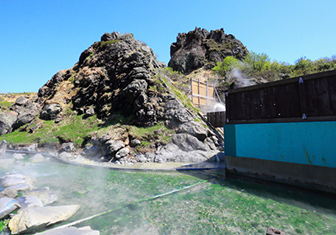
Fudo Waterfall and Hotaru-no-sato Park
One of the highlights of the “mountain hermit training” festival is the waterfall mediation that takes place in Hotaru-no-sato Park. Nearby the waterfall, you can see the dynamic landscape of the Naruse River. In the summer, you can also see the graceful dancing of lights from Genji fireflies.
